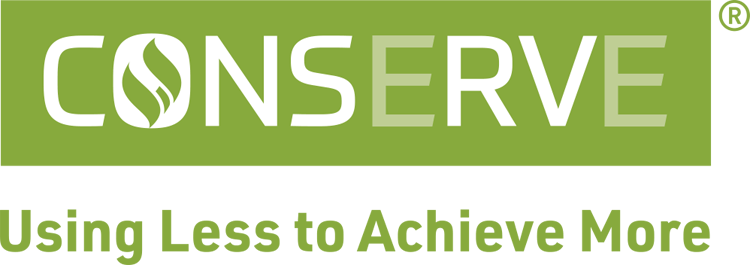As the holidays approach, many offices, schools, and small businesses slow down or close for a few days to give employees a well-deserved break. But while the lights might be off and the doors are locked, energy use doesn’t stop completely. Plugged-in equipment or other systems, like the building’s HVAC or lighting, could still be running on normal schedules leading to phantom energy consumption and unnecessary costs to your next utility bill.
However, a little preparation before closing up shop can help you reduce your overall waste while protecting your equipment from needless wear and tear.
Identify the “energy vampires” in your office
Many of the same devices that waste energy at home are also likely lurking through the workplace. Items like computers, monitors, printers, copiers, coffee makers, vending machines, and even digital signage draw power when idle or in standby mode. Before your office break begins, take a few minutes to walk through and unplug or power down anything that doesn’t need to stay on.
If you use power strips or surge protectors, flip the switch to cut electricity to multiple devices at once. For equipment that must remain connected, like servers or security systems, check that they’re set to their most efficient operating modes.
You can even take this a step further and advocate for your office to install smart plugs in your workplace. They allow you to take control of those phantom energy draws by turning unused equipment on and off from anywhere. They can also be programmed so that they turn on and off during a set schedule.
Adjust the heating and cooling systems
If your space is going to be unoccupied for several days, there’s no need to maintain regular temperature settings. If possible, try lowering your office thermostats to around 60°F during winter closures. If you have them in your place of business, adjust your programmable or smart thermostats to automatically return to normal levels before employees come back. For larger facilities or buildings, closing blinds or curtains can also help retain warmth and reduce your building’s heating demands.
Rethink the lighting and signage in common areas
A building’s exterior lights, lobby displays, or other illuminated signs can consume more energy than you think. Set timers or use photocells to ensure the outdoor lighting operates only when needed for safety or security. When looking at the lighting indoors, switch off decorative lighting and non-essential displays when no one is around to see them. It’s also worth considering upgrading your frequently used lighting fixtures to energy efficient LED models for long-term savings.
Plan ahead for the return to the office
Though no one wants to think ahead about returning to the office from a nice break, it’s still an important step in the process. Create a simple reopening checklist that includes turning the equipment back on, restoring the thermostat’s original settings and checking that the lighting is back on a regular schedule.
Efficiency that works year-round
Whether your team is heading home, working remotely, or alternating between the two, reducing standby energy use over the holidays is an easy, and low-cost way to save money while building smarter energy habits. With a handful of intentional steps, like unplugging your unused devices, adjusting the thermostats, and powering down workstations, you can add up to noticeable savings for both your business and your employees.
Learn more about ways to make your business more energy efficient through South Jersey Gas. Visit South Jersey Gas Energy Efficiency Programs to learn more.





